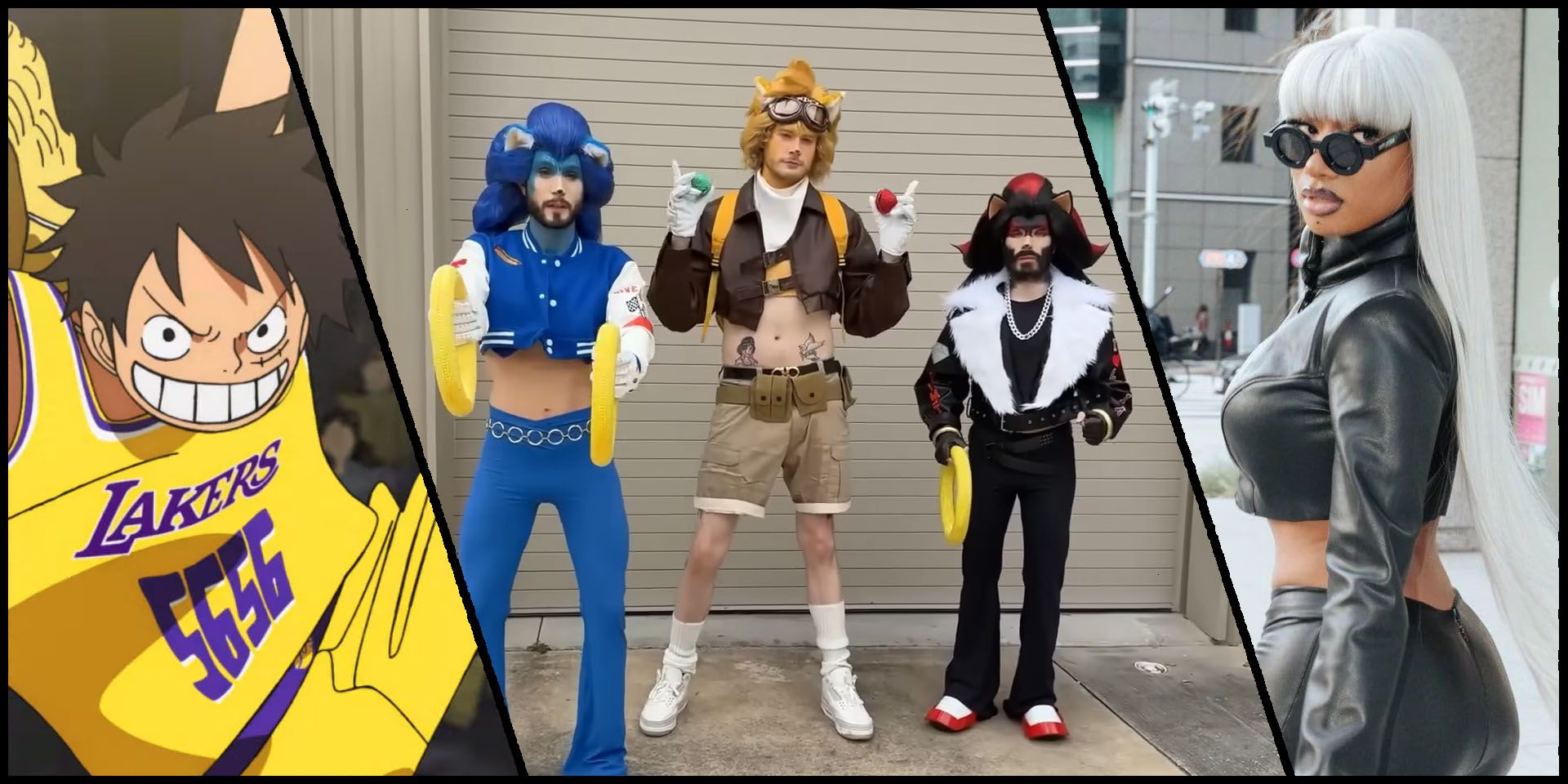
In recent years, anime has transitioned from a niche pastime to a widespread phenomenon; one might wonder, what sparked this shift? It appears that almost every retail outlet now stocks anime merchandise. Both youngsters and numerous adults proudly display popular series like “My Hero Academia” or “Jujutsu Kaisen” on their attire and vehicles. Anime soundtracks frequently top social media charts, while celebrities don’t shy away from cosplay in public. For those who have followed the fandom for some time, this transformation can be quite surprising. Over the past ten years or so, there seems to have been a shift that has enabled fandoms to flourish in broad daylight. However, it wasn’t an overnight change; instead, anime and Japanese culture as a whole seem to be gaining more and more traction in the Western world on a daily basis.
In the past, being fond of Eastern animation styles was often viewed as juvenile or uncool. Many fans kept their passion for this niche hobby hidden from others outside their circle of friends who shared the same interest. Nowadays, there are numerous websites where one can easily stream anime, but it wasn’t always that straightforward. To watch the next episode of a favorite series, people had to find a VHS or DVD volume of the subsequent release. For shows without English translations, fans would have to conduct extensive online searches to locate both the content and fan-made translations. Acquiring merchandise was also challenging unless one was willing to import items from the original source. The early days were tough for devoted anime fans.
It’s Time for a History Lesson
Popular Titles and Their English Release Years
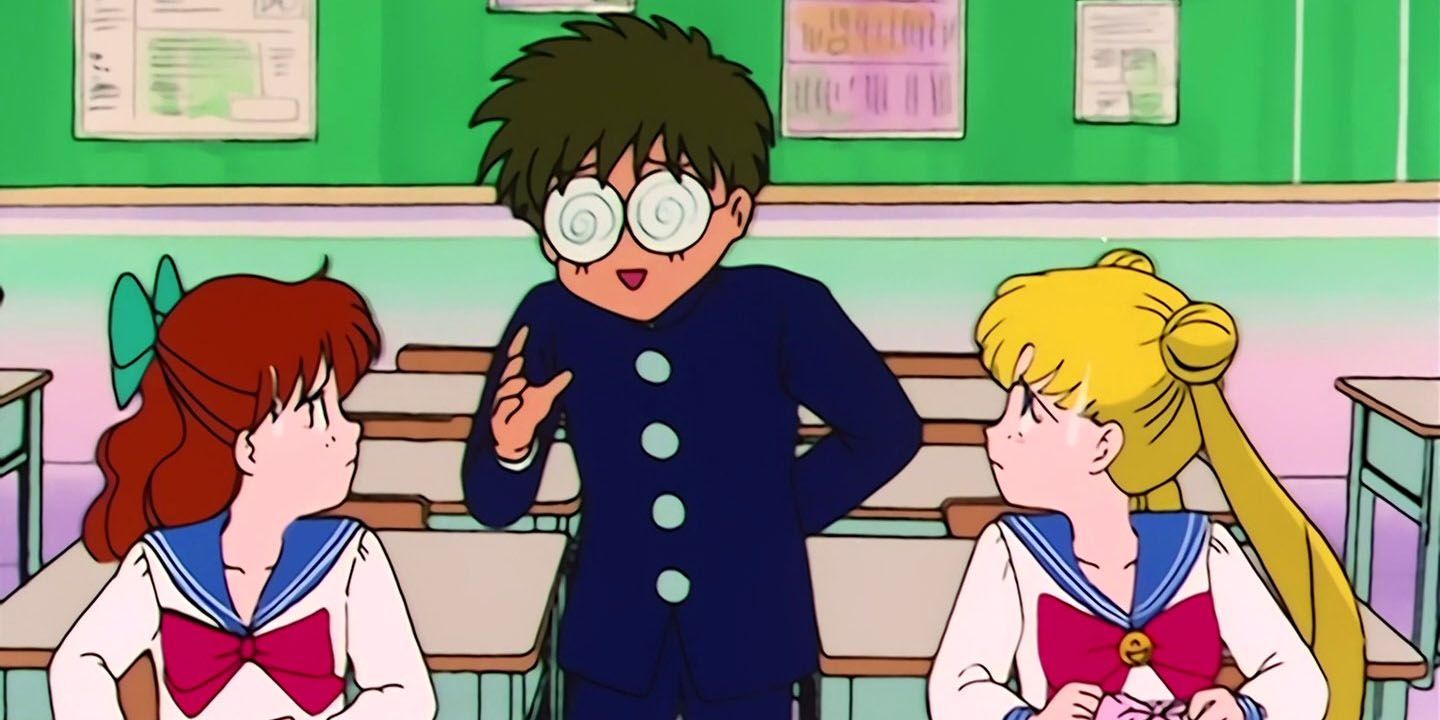
| Astro Boy | 1963 |
|---|---|
| Speed Racer | 1967 |
| Akira | 1989 |
| Dragon Ball | 1989 |
| My Neighbor Totoro | 1989 |
| Vampire Hunter D | 1992 |
| Ranma 1/2 | 1993 |
| Sailor Moon | 1995 |
| Dragon Ball | 1996 |
| Pokemon | 1999 |
| One Piece | 2004 |
We Started at the Bottom
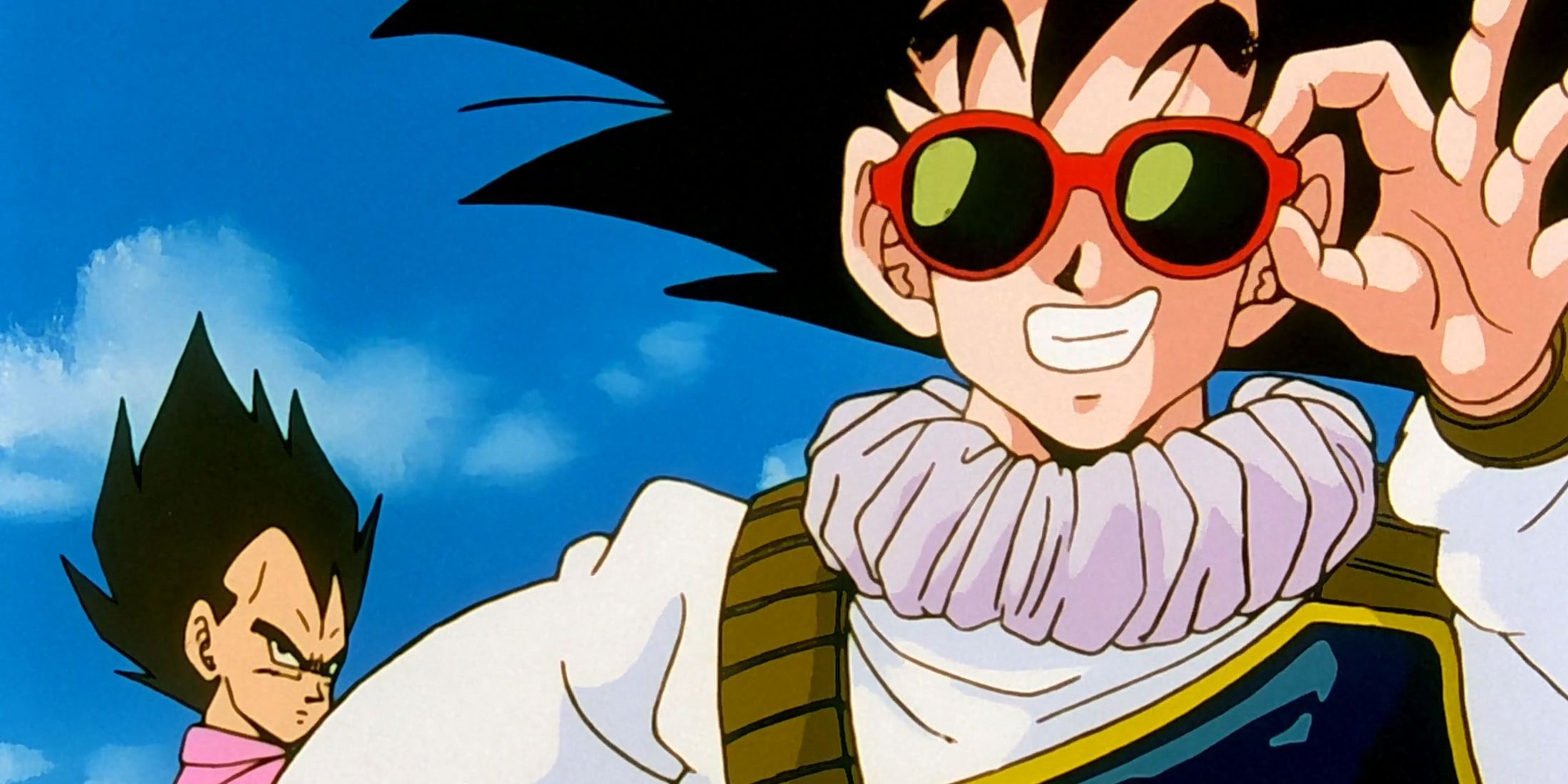
Going back to 1961, it was when the initial pair of Japanese animated films were given English translations for the first time. These movies, specifically Magic Boy and The White Snake Enchantress , found their way into U.S. cinemas according to Wikipedia. Despite not being blockbusters at that time, the stage was set for Japanese animation when Astro Boy was released in 1964, a move that eventually allowed “Japanimation” to gain a foothold in the Western world. In the ensuing years, Speed Racer made its entrance and achieved significant success. The 1980s saw many titles, such as Dragon Ball, becoming popular overseas, although the version that was known globally didn’t become well-liked until later. This initial release was the Harmony Gold version.
During this decade, Western audiences first encountered Hayao Miyazaki’s films, later re-dubbed and distributed theatrically by Disney. Though it was gradually gaining traction, the genre remained relatively unknown until the 1990s. It wasn’t until then that most people became familiar with it, and even then, it was still quite uncommon. As publishers like Funimation, Viz, and 4kids emerged and diversified the selection, things truly began to take off.
Back in the ’90s, shows like “Sailor Moon” and “Dragon Ball” became household names for many, captivating the hearts of young viewers with an iron grip. However, contrary to popular belief, this wasn’t when anime truly went mainstream. Although it was gaining recognition and acceptance, it wasn’t quite considered trendy yet. Fandom conventions and cosplay were still in their infancy, and those who loved anime, referred to as “otaku,” often faced ridicule. So, what has transformed this niche interest into a widespread phenomenon?
The Pioneers of Cringe
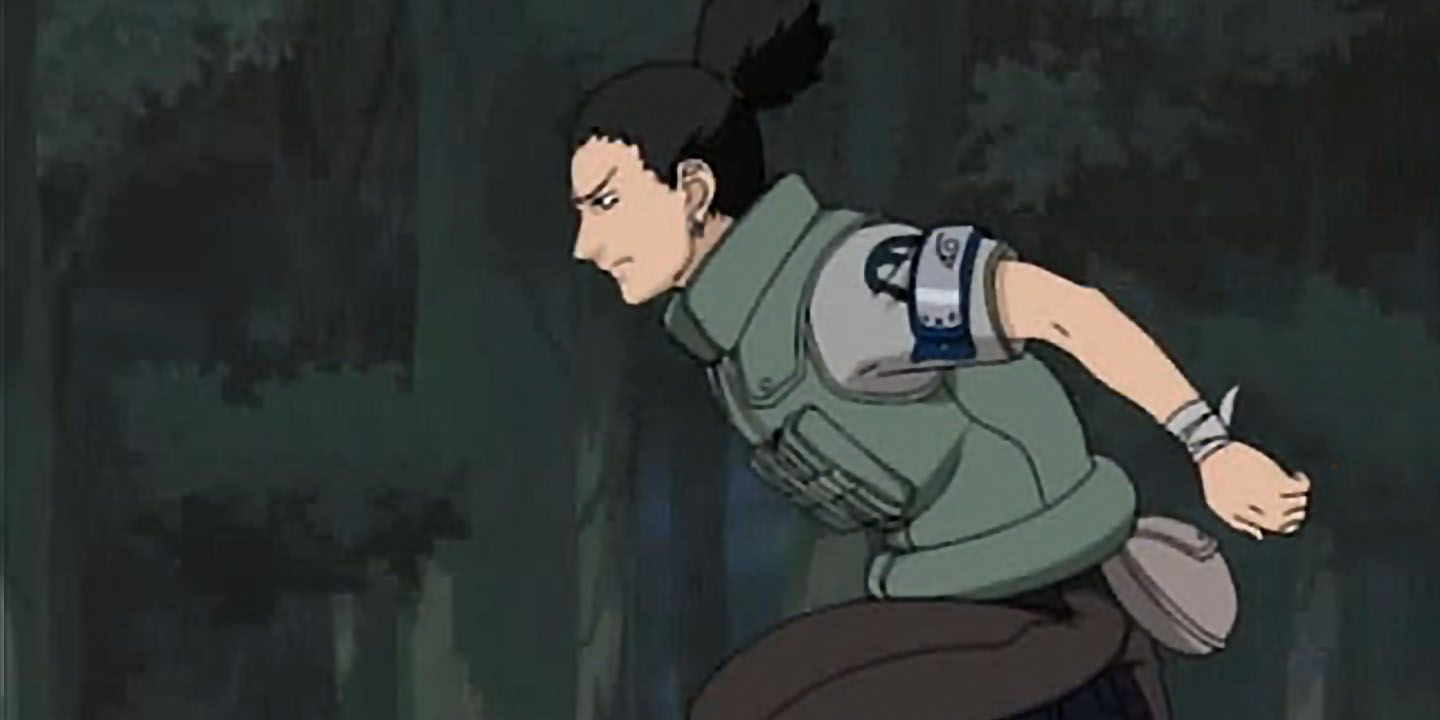
The trend started with Hawaiian shirts, a fashion that older people might recall. At first, only a few people sported them, but it didn’t take long for entire schoolyards to be filled with boys wearing Dragon Ball Z button-ups, yelling about power levels and invoking the “Kamehameha” cry. As time went on, Naruto runs became popular, and we can’t forget the use of “yaoi paddles”. The situation seemed to suggest that anime enthusiasts were an odd group. However, these young fans, despite perhaps being labeled as strange by others, helped spread interest in anime.
As fans increased their consumption of content and merchandise, companies invested more money in exporting these products overseas. By the end of the 20th century, you could find anime and manga at almost every local shopping mall. Over time, as this trend grew, an increasing number of people from all walks of life embraced their fandom without hesitation. Merchandise for popular shows started to be sold in major retail stores. Famous celebrities and athletes began expressing their affection for characters and shows. Fast forward to the present day, artists like Bbno$ are leveraging cosplay as a promotional strategy for their music. Even well-known figures such as Megan Thee Stallion are not only dressing up as favorite characters but also rapping about them. Additionally, she is working on her own anime series.
Is someone different at age 18 or 60? I believe one stays the same.
-Hayao Miyazaki
The Cultural Phenomenon Taking Over Animation
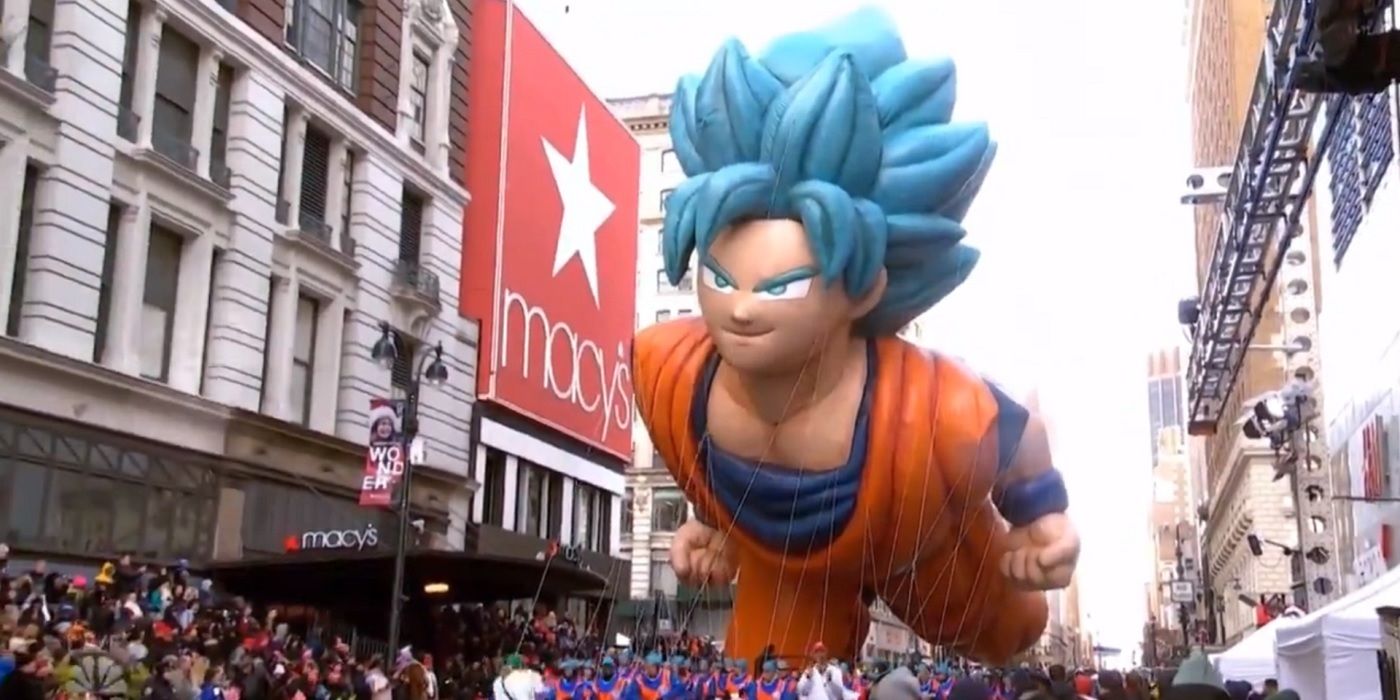


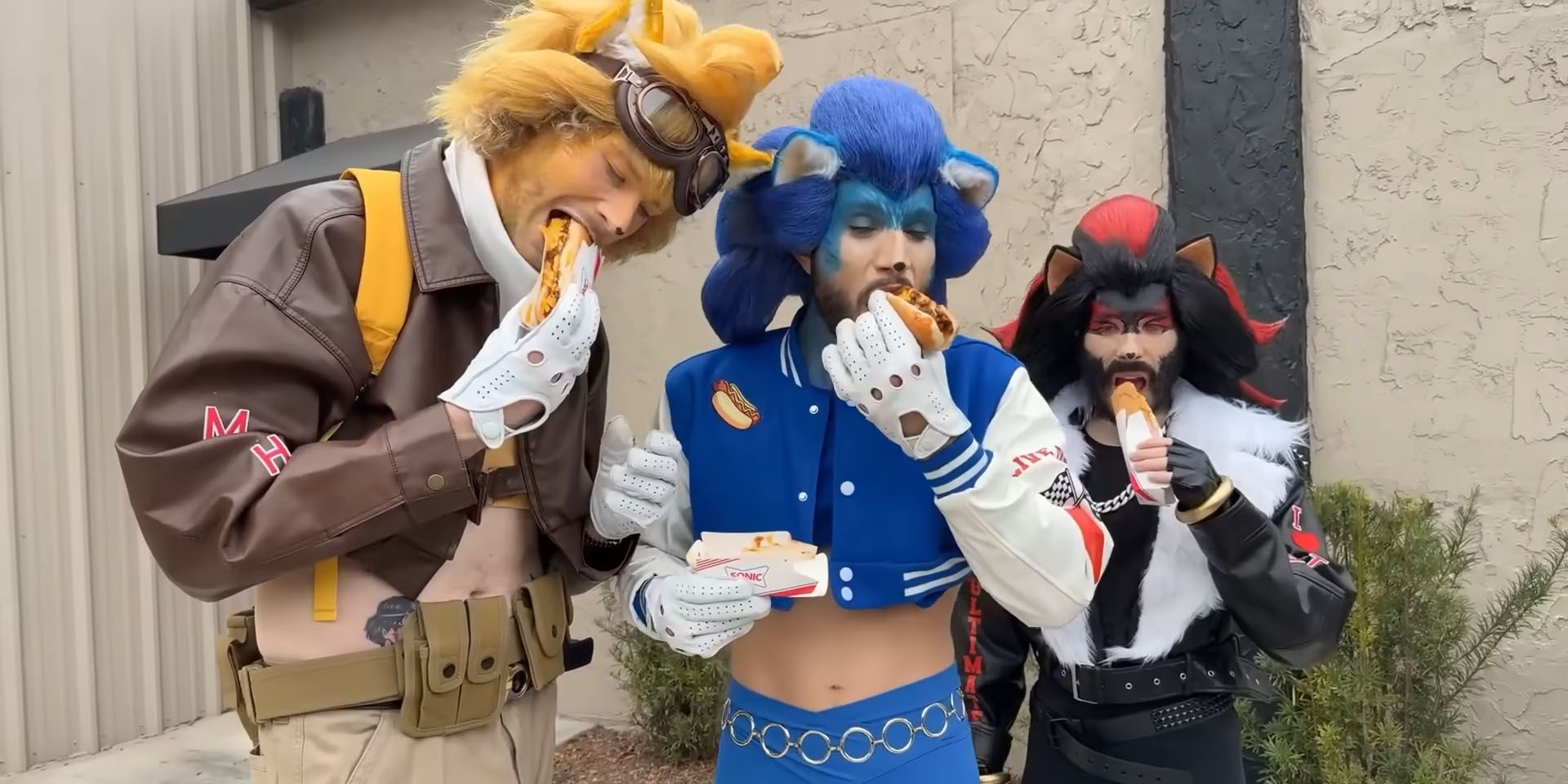
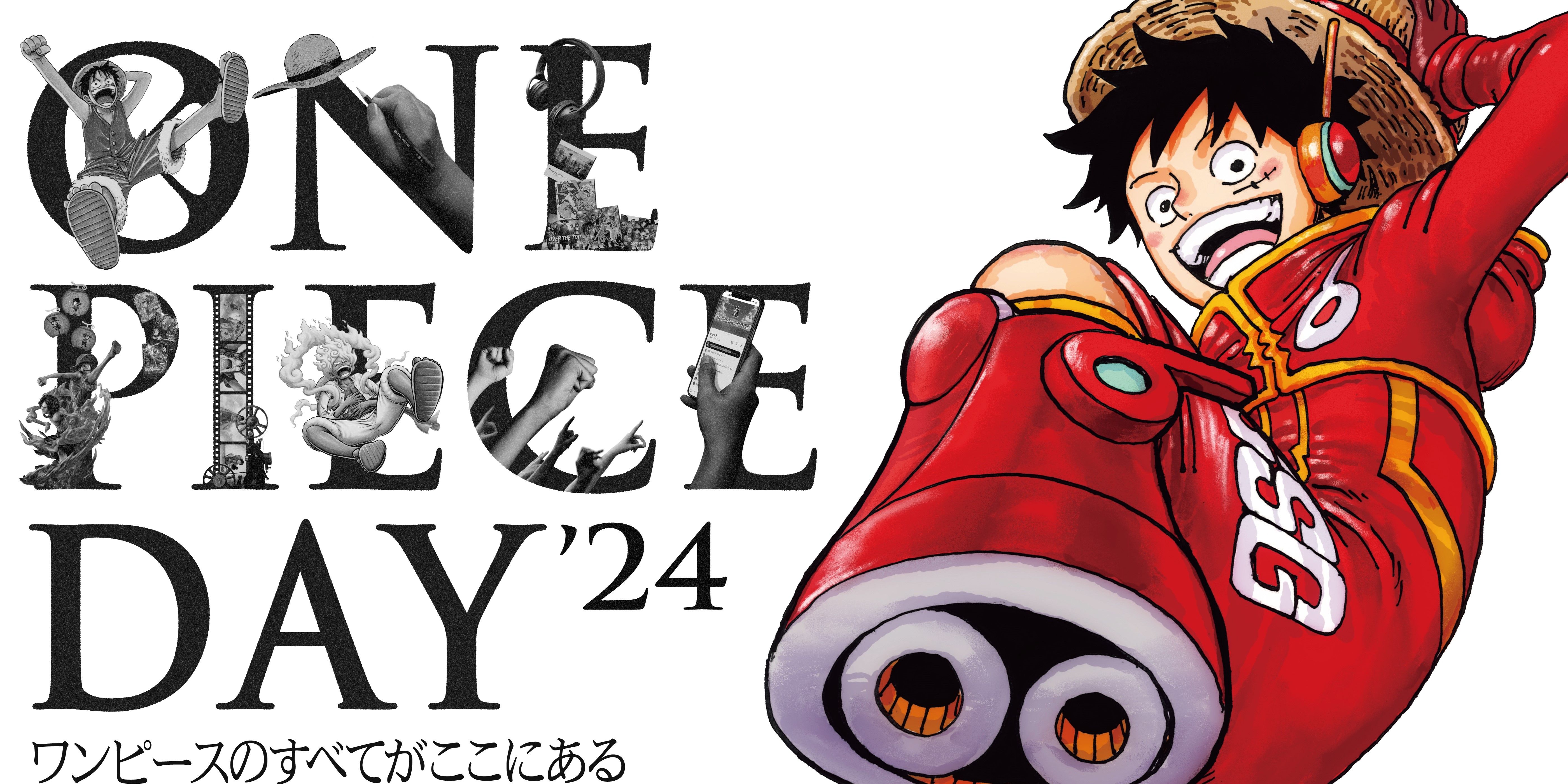
Waiting Around Every Corner
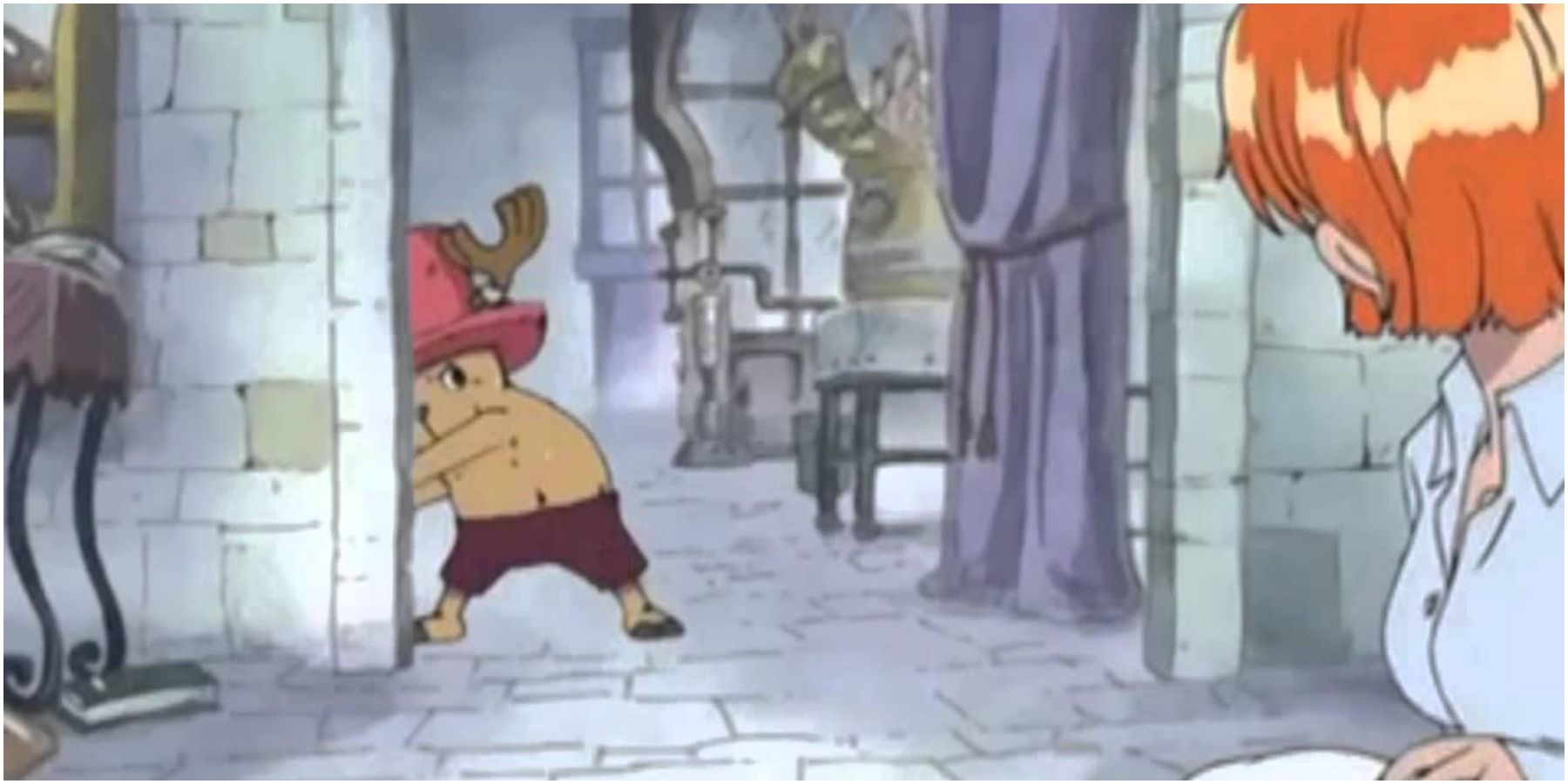
It’s hard to find someone unfamiliar with anime nowadays. Most people not only recognize it but also have their preferred series ready to discuss. The influence of anime has expanded significantly, seeping into various aspects such as fashion. Beyond basic graphic t-shirts and hoodies, there are complete anime-themed collections offered by certain designers.
Everywhere I go, I can’t help but notice an abundance of vibrant-haired individuals sporting hairstyles that echo my favorite characters, not to mention the plethora of anime tattoos that have become commonplace. The next time you spot someone adorned with a full sleeve, take a closer look – it’s likely a testament to Japanese artistry. For us anime enthusiasts, young and old, it’s nothing short of awe-inspiring to witness such a widespread appreciation for this captivating culture. Sharing the joy of something so universally loved – what could be better than that?
Paving the Way for Future Fans
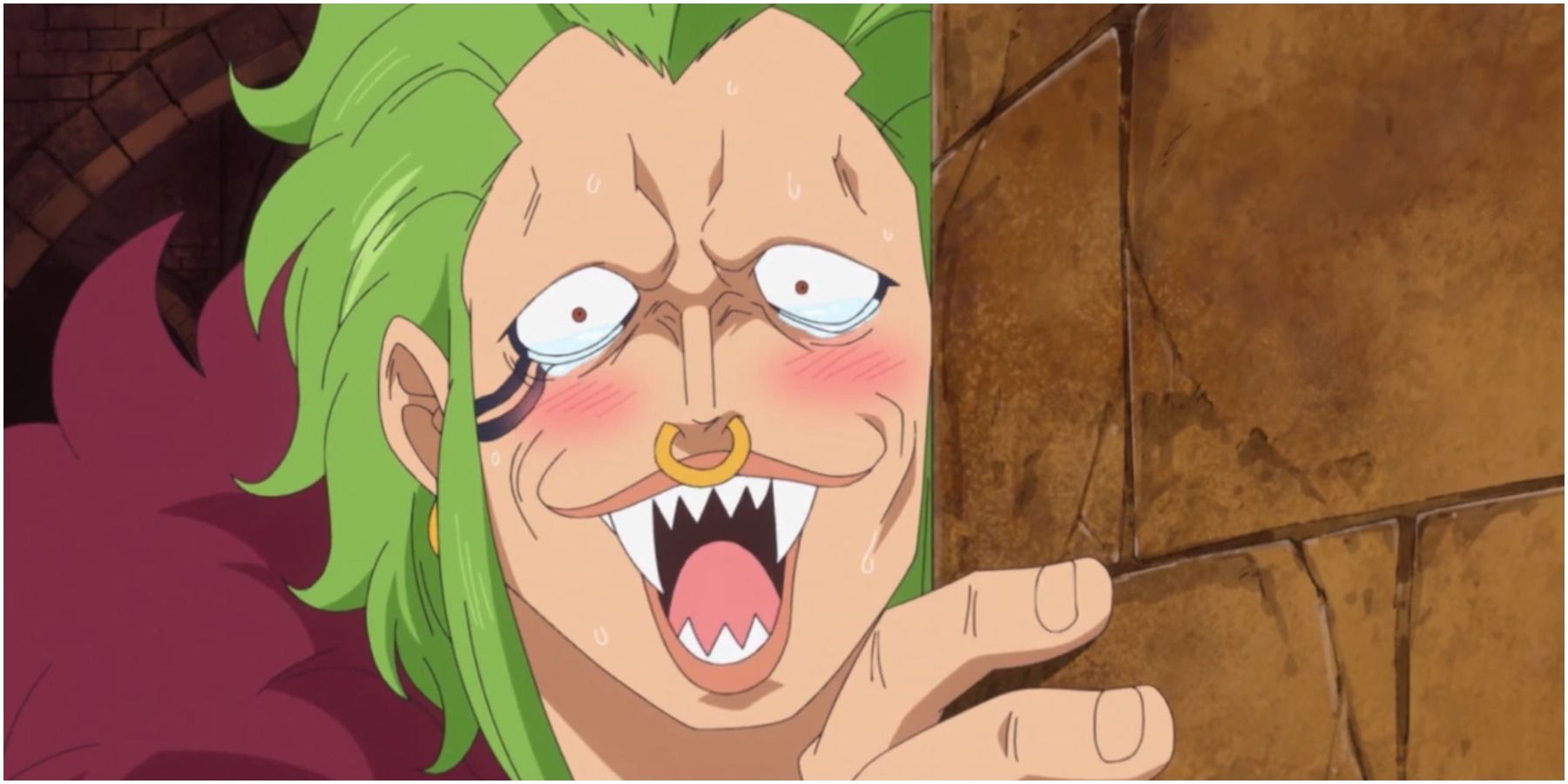
What led us to where we are now, you ask? It’s mainly due to the passionate anime fans. These individuals, who have always been vocal about their love for anime, have been a constant since its inception. Many were initially drawn into the genre by someone eager to share their delight. This infectious enthusiasm played a significant role in the rapid increase in popularity of this animation style. In fact, even foreign titles have begun adopting art styles reminiscent of Japanese manga artists and animators.
It became evident to wealthy individuals that investing in anime was a smart move, as every manga sold and figure bought essentially shouted “Anime is lucrative!” This message resonated strongly, and now fans are reaping the rewards. Events such as One Piece Day are being held in the U.S., and prominent figures like actors, athletes, and artists are openly expressing their fandom, quelling any lingering skepticism about the culture’s legitimacy. The anime community is thriving, and it seems that its growth will continue to soar.
Read More
- Byler Confirmed? Mike and Will’s Relationship in Stranger Things Season 5
- One-Way Quantum Streets: Superconducting Diodes Enable Directional Entanglement
- Best Job for Main Character in Octopath Traveler 0
- Quantum Circuits Reveal Hidden Connections to Gauge Theory
- Entangling Bosonic Qubits: A Step Towards Fault-Tolerant Quantum Computation
- All Exploration Challenges & Rewards in Battlefield 6 Redsec
- Upload Labs: Beginner Tips & Tricks
- How to Get to Serenity Island in Infinity Nikki
- Star Wars: Zero Company – The Clone Wars Strategy Game You Didn’t Know You Needed
- Hearthstone: 8 Most Overpowered Cards Of All Time, Ranked
2025-04-13 18:24